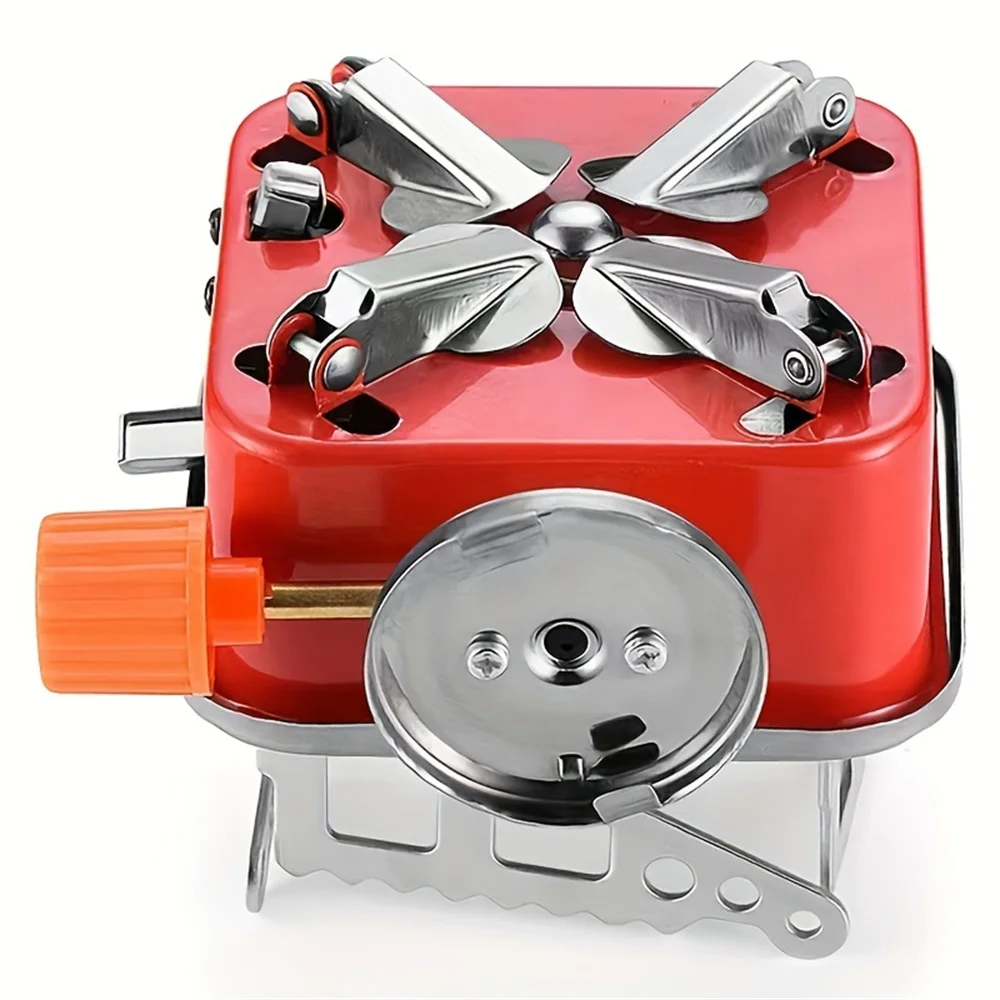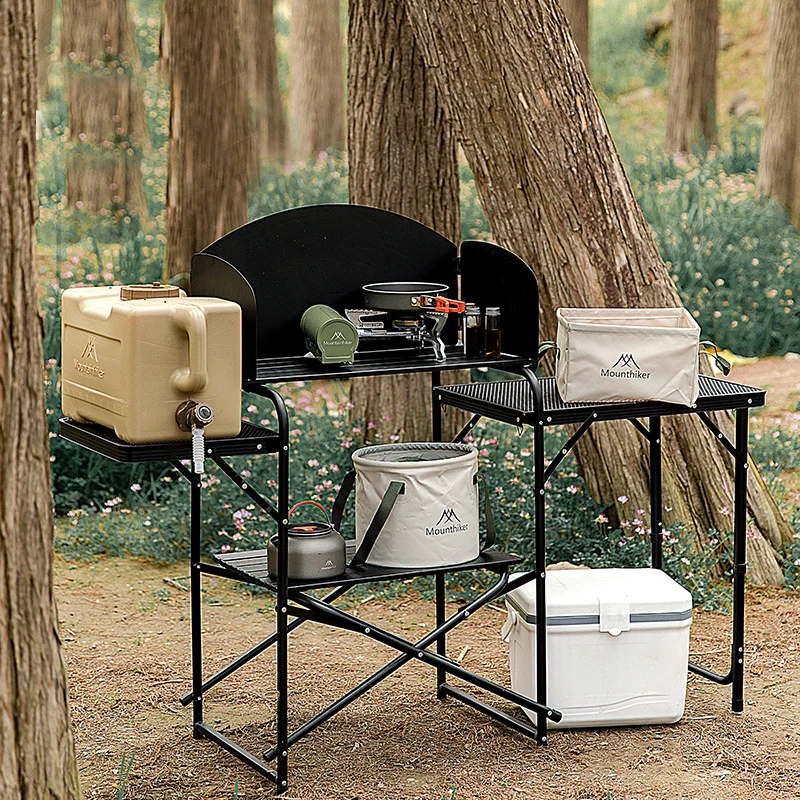Finding the best car camping stove can transform your outdoor experience. Whether you’re on a weekend getaway or a week-long road trip, having a reliable cooking setup makes mealtime easier and more enjoyable. Unlike backpacking stoves, car camping stoves prioritize power, stability, and ease of use over ultralight design. They allow you to cook full meals just like at home—boiling water, frying eggs, or simmering soups with consistent heat control.
Moreover, modern options offer quick setup, high BTU output, and compatibility with various fuel types. From propane to butane, liquid fuel to dual-burner systems, there’s a best car camping stove suited to every camper’s needs. With so many models available, understanding key features helps you make a smart choice. This guide covers performance, safety, portability, and real-world usability.
 Why a Dedicated Car Camping Stove Beats Open Fires
Why a Dedicated Car Camping Stove Beats Open Fires
Using the best car camping stove is safer and more efficient than building a campfire. Many parks now restrict open flames due to wildfire risks. A stove avoids this issue while still delivering steady heat. In addition, it reduces environmental impact. There’s no wood gathering or ash cleanup required.
Stoves also provide better temperature control. You can adjust the flame instantly for boiling, sautéing, or gentle simmering. Campfires lack precision and take time to reach the right heat level. Furthermore, they depend on dry wood, which isn’t always available.
Weather resistance is another advantage. Most car camping stoves work in light wind and cool temperatures. Some include built-in windshields for improved performance. Fire pits struggle in rain or gusts.
Cleanup is faster too. Wipe down the stove surface and pack it away. No leftover embers need monitoring. Therefore, choosing the best car camping stove supports convenience, safety, and responsible outdoor ethics.
Environmental and Safety Benefits of Using a Stove
Beyond convenience, using a best car camping stove protects natural spaces. It prevents soil scarring from repeated fire rings. It also reduces the spread of invasive insects that hitchhike on transported firewood. By avoiding wood burning, you lower carbon emissions and air pollution.
Regulated flame output minimizes accident risks. Spilled fuel burns cleanly compared to unpredictable fire flare-ups. Many stoves have automatic ignition and shut-off valves. These features prevent gas leaks and accidental starts.
Propane tanks are sealed and stable when stored properly. They don’t spill or degrade in short-term use. In contrast, fire starters and accelerants pose hazards if mishandled.
Additionally, stoves allow cooking in designated zones. You avoid damaging vegetation near fire pits. This aligns with Leave No Trace principles. Hence, switching from fire to stove benefits both users and ecosystems.
 Types of Fuel Used in Car Camping Stoves
Types of Fuel Used in Car Camping Stoves
The best car camping stove uses fuel that matches your travel style and climate. Propane is the most popular option. It burns cleanly, works in cold weather, and connects easily via standard 1 lb or 20 lb tanks. Refills are widely available at gas stations and supermarkets.
Butane-propane blends are common in canister stoves. They’re lightweight and compact. However, butane struggles below freezing. These models suit warm-weather trips only.
Liquid fuel stoves run on white gas, kerosene, or diesel. They perform well in extreme conditions. They’re ideal for long expeditions where refills aren’t guaranteed. Brands like MSR and Coleman offer durable versions.
Dual-fuel models give flexibility. You switch between canisters and liquid fuel as needed. Though heavier, they adapt to changing environments.
Choosing the right fuel ensures reliability. Always store it upright and away from direct sunlight. Thus, matching fuel type to your trip improves safety and efficiency.
Comparing Canister vs. Tank-Based Systems
Car camping stoves fall into two main categories: canister and tank-based. Canister stoves use small, threaded fuel bottles. They screw directly onto the burner unit. These setups are clean and portable. They’re great for couples or solo travelers. However, they generate less heat than larger systems.
Tank-based stoves connect to full-size propane tanks. These range from 1 lb disposable cylinders to 5–20 lb refillable ones. The bigger the tank, the longer the burn time. High-BTU stoves often require these for maximum output.
Canisters are easier to pack but cost more per ounce of fuel. Tanks offer better value over extended trips. They also support multi-burner units.
Some stoves accept both. You use a canister for short outings and a tank for base camps. Adapters are usually sold separately. Therefore, consider how long you’ll be off-grid before choosing.
Key Features of the Car Camping Stove
When selecting the best car camping stove, several features determine performance. First, BTU (British Thermal Unit) output measures heat strength. Higher BTUs mean faster boiling and better searing. Look for 20,000+ BTUs for serious cooking.
Burner count matters too. Single-burner stoves are compact and simple. Dual-burner models let you cook multiple dishes at once. Some even include side griddles or grill attachments.
Stability is crucial. Wide legs and non-slip surfaces prevent tipping. Heavy pots should sit securely without wobbling. Fold-out designs must lock in place firmly.
Wind protection enhances efficiency. Built-in shields or removable panels block gusts. This keeps flames steady and saves fuel.
Ignition systems vary. Push-button starters are convenient. Manual lighting with a match works during wet conditions. Both have pros and cons depending on weather.
Portability and Setup Time Considerations
Even though car camping allows bulkier gear, portability still matters. The best car camping stove balances size and function. Look for foldable legs and compact storage dimensions. Some fit neatly into vehicle trunks or rooftop boxes.
Setup time affects daily use. A stove that takes five minutes to assemble slows down breakfast prep. Opt for models that deploy in under a minute. Quick-connect hoses and auto-ignition save effort.
Weight plays a role too. Lightweight stoves under 10 lbs are easy to carry from car to site. Heavier models may need two hands.
Storage bags or cases help protect components. They keep knobs, grates, and hoses together. Labels or color-coding improve organization.
Hence, ease of transport and setup influences how often you’ll actually use the stove.
 Top Models That Define the Car Camping Stove
Top Models That Define the Car Camping Stove
Several brands lead the market in car camping stoves. The Coleman Classic Propane Stove delivers 20,000 BTUs per burner. Its two-burner design supports large skillets and Dutch ovens. Durable steel construction withstands years of use.
Camp Chef Everest 2X offers 30,000 BTUs and a Piezo ignition. Its folding legs make it highly portable. Users praise its stability and consistent flame.
The Weber Q Series includes portable gas grills that double as stoves. Ideal for those who want grill marks and boil functions. Easy to clean and weather-resistant.
GasOne has affordable single and dual-burner options. Their stainless steel build resists rust. Great for budget-conscious campers.
Outdoorsman Lab Dual Burner Stove combines high output with rugged design. Includes a carrying case and wind guard. Popular among overlanders and RV travelers.
Each model excels in different areas. Compare based on your cooking habits and group size.
Real-World Performance Across Different Conditions
The best car camping stove performs reliably in varied environments. At high altitudes, some stoves struggle with oxygen levels. Liquid fuel and propane models handle thin air better than butane.
Cold weather impacts pressure. Propane tanks lose efficiency below 32°F unless insulated. Keeping them in a bucket of warm water helps maintain flow.
Windy sites require shielding. Even with built-in guards, adding a physical barrier improves results. Position the stove behind a cooler or rock wall.
Rain demands caution. Never operate a stove under a tent or canopy. Use a pop-up shelter with open sides. Dry connections before attaching fuel.
Altitude, humidity, and terrain all affect performance. Test your stove at home first. Practice lighting and adjusting heat. Preparedness ensures smooth operation in the field.
 Frequently Asked Questions About the Car Camping Stove
Frequently Asked Questions About the Car Camping Stove
Can I use my car camping stove indoors? No, never use it in enclosed spaces. Risk of carbon monoxide poisoning is high.
How do I clean the burners? Remove grease buildup with warm soapy water. Check ports for clogs monthly.
Are propane tanks refillable? Yes, 20 lb tanks are refillable. Smaller 1 lb bottles are usually disposable.
What size pot fits best? Most stoves accommodate 10–12 inch cookware. Avoid oversized pots that extend beyond the grate.
Do I need a regulator? Most propane stoves include one. Verify compatibility with your tank type.
Can I leave the stove outside overnight? Only if covered and protected from moisture. Store fuel separately.
Where should I store extra fuel? In a cool, dry, ventilated area. Never inside living quarters.
 Final Thoughts on Choosing the Car Camping Stove
Final Thoughts on Choosing the Car Camping Stove
Picking the best car camping stove comes down to balancing power, durability, and ease of use. Whether you’re feeding a family or enjoying a quiet weekend alone, the right stove makes outdoor cooking simple and satisfying. With strong BTU output, stable design, and quality materials, top models deliver restaurant-style results in nature.
Modern innovations in fuel efficiency, wind resistance, and portability continue to raise the bar. By understanding your needs and testing options, you’ll find a stove that lasts for years. So, when planning your next adventure, remember that the best car camping stove isn’t just gear—it’s the heart of your mobile kitchen.